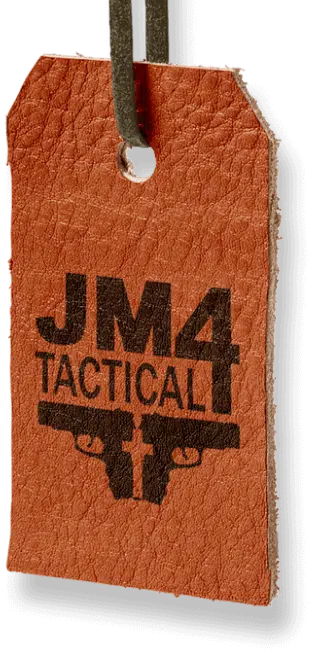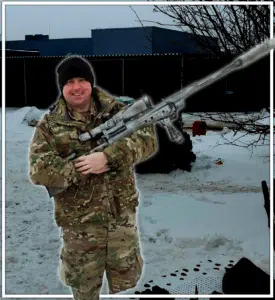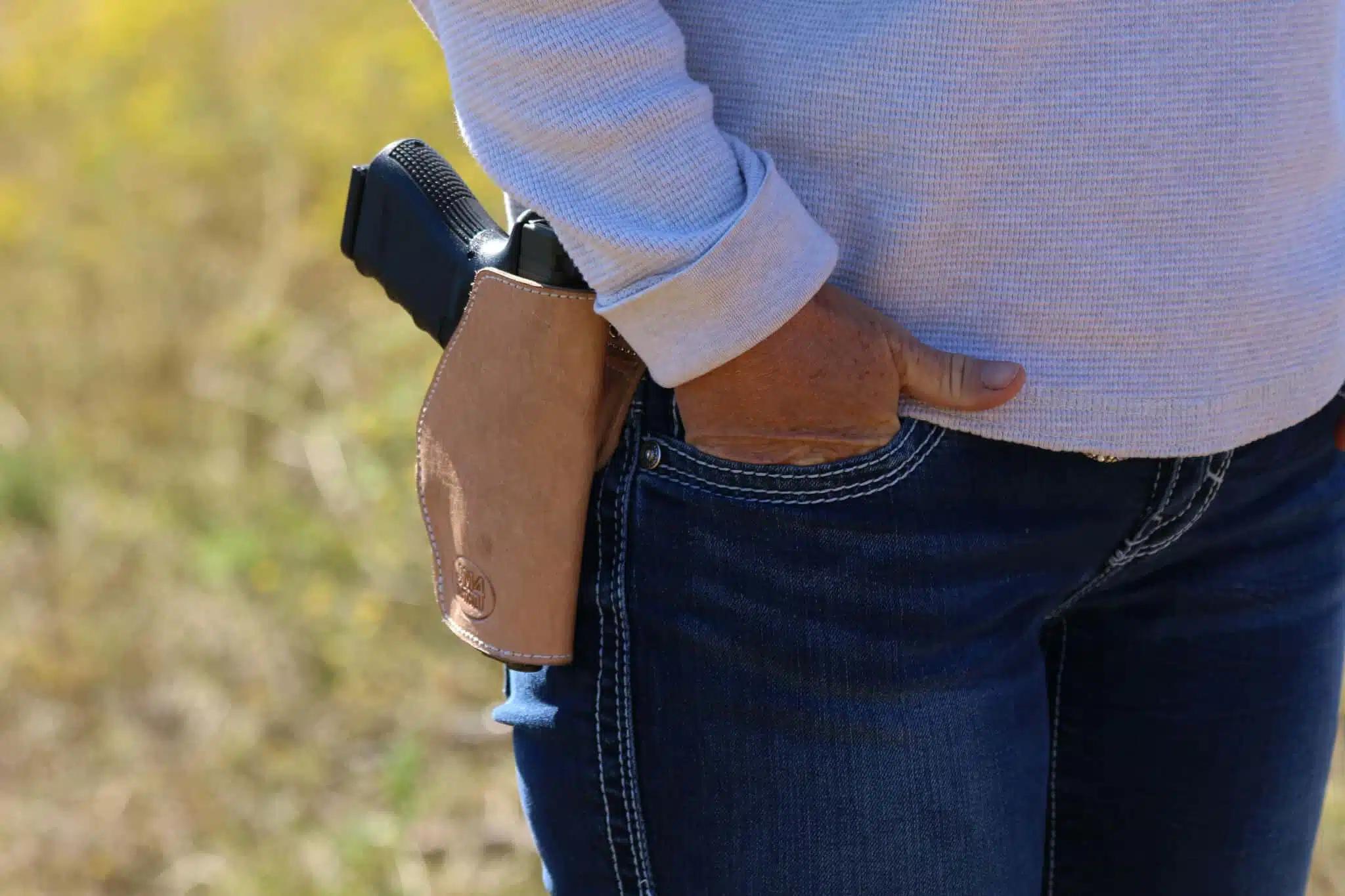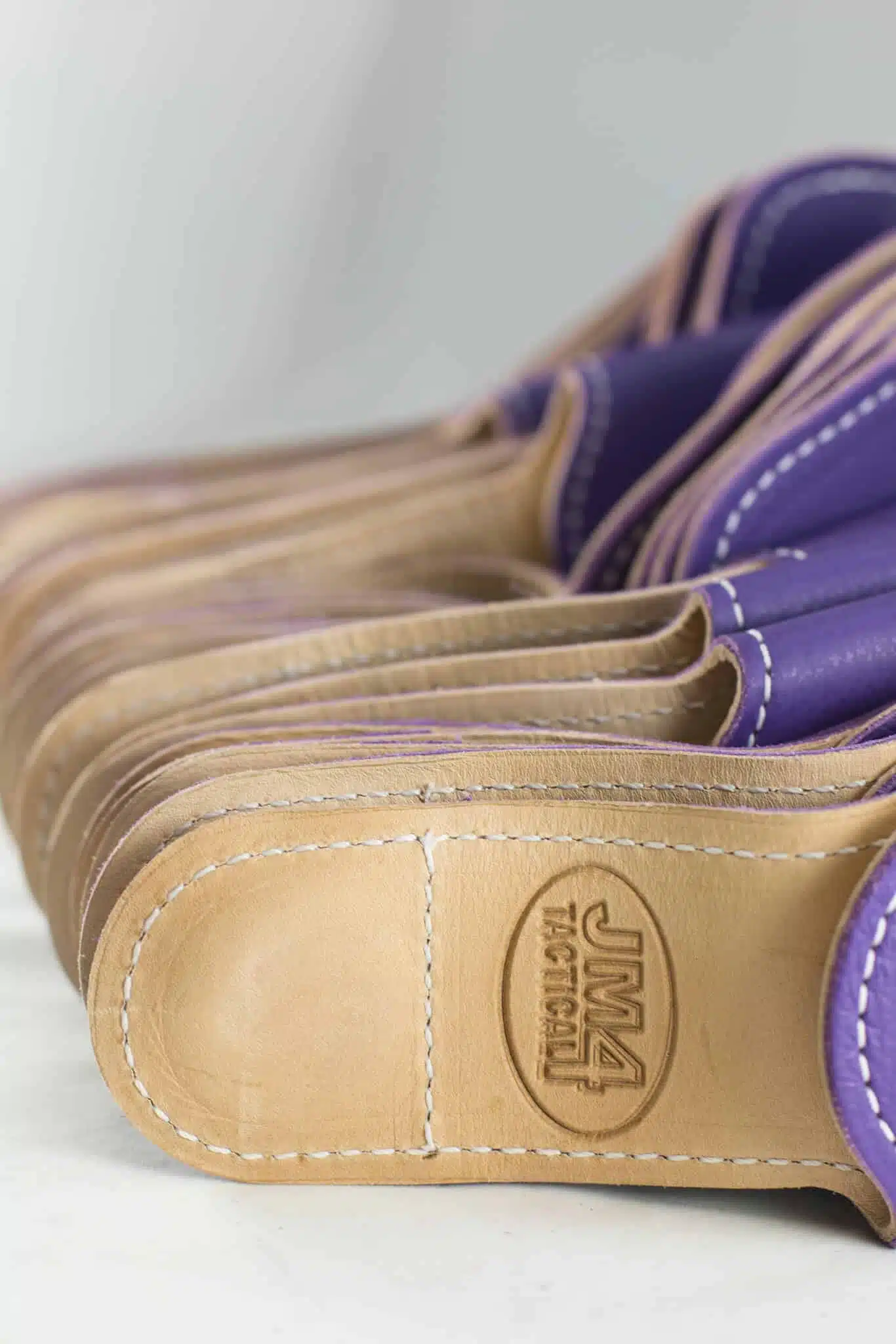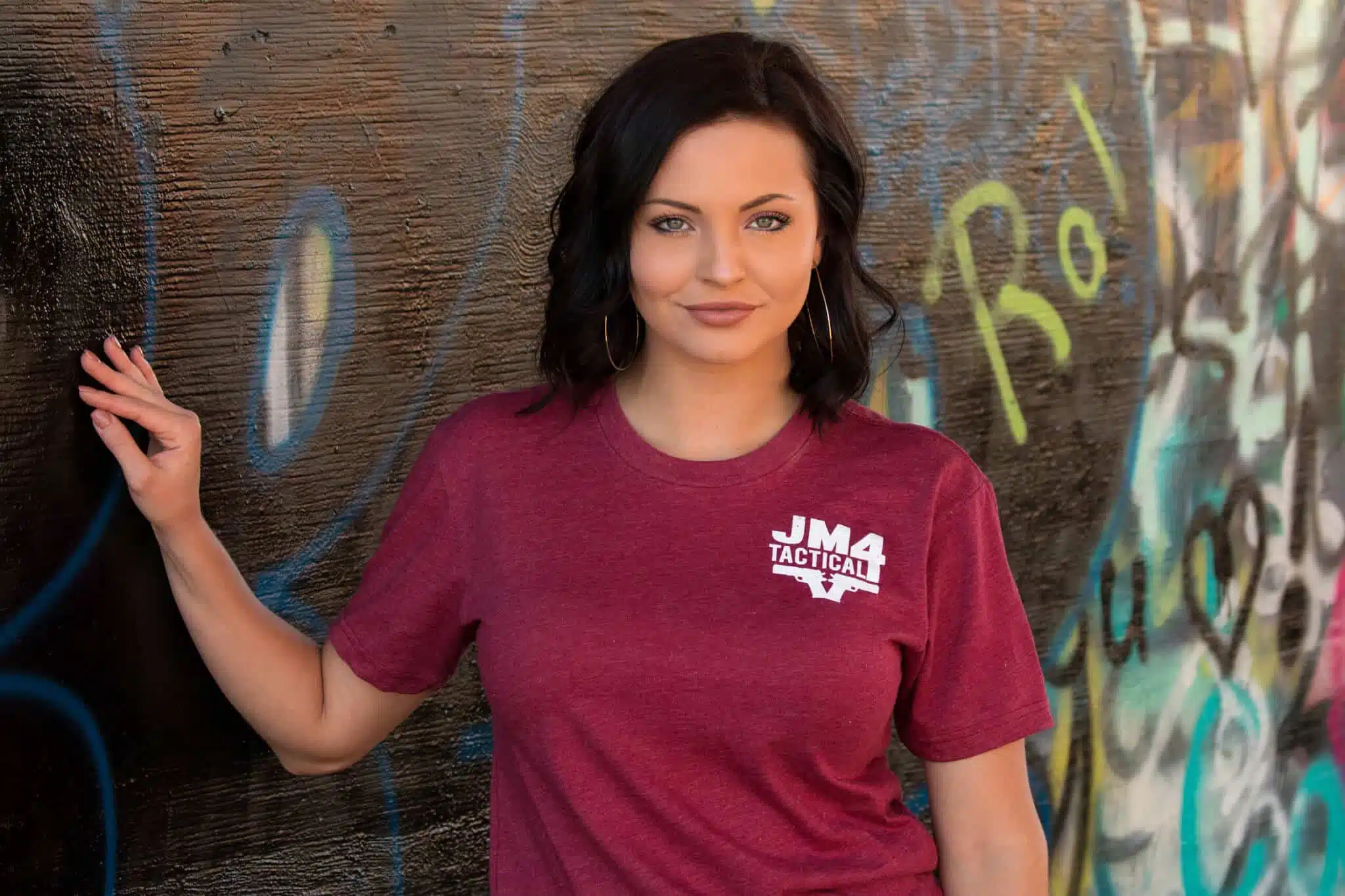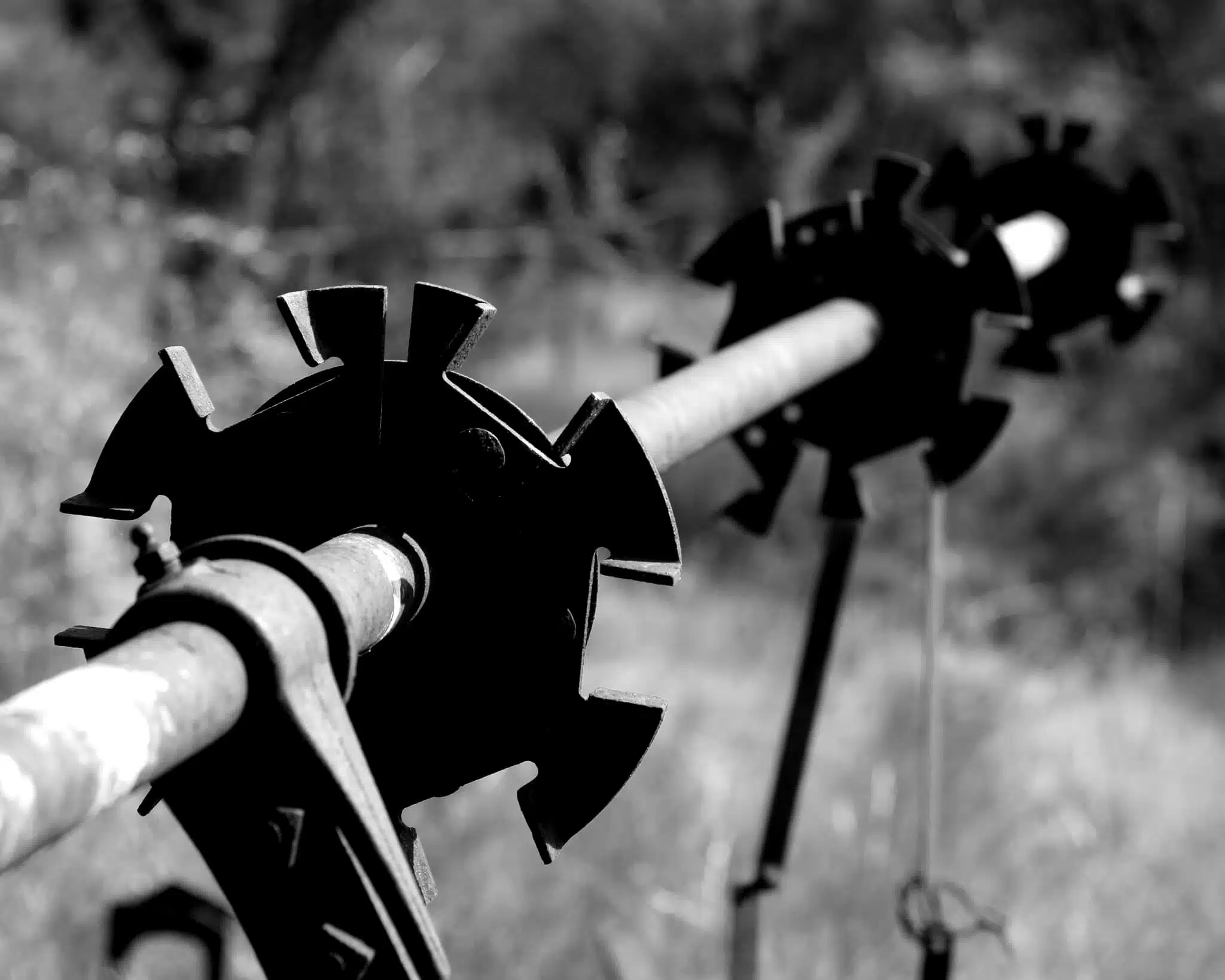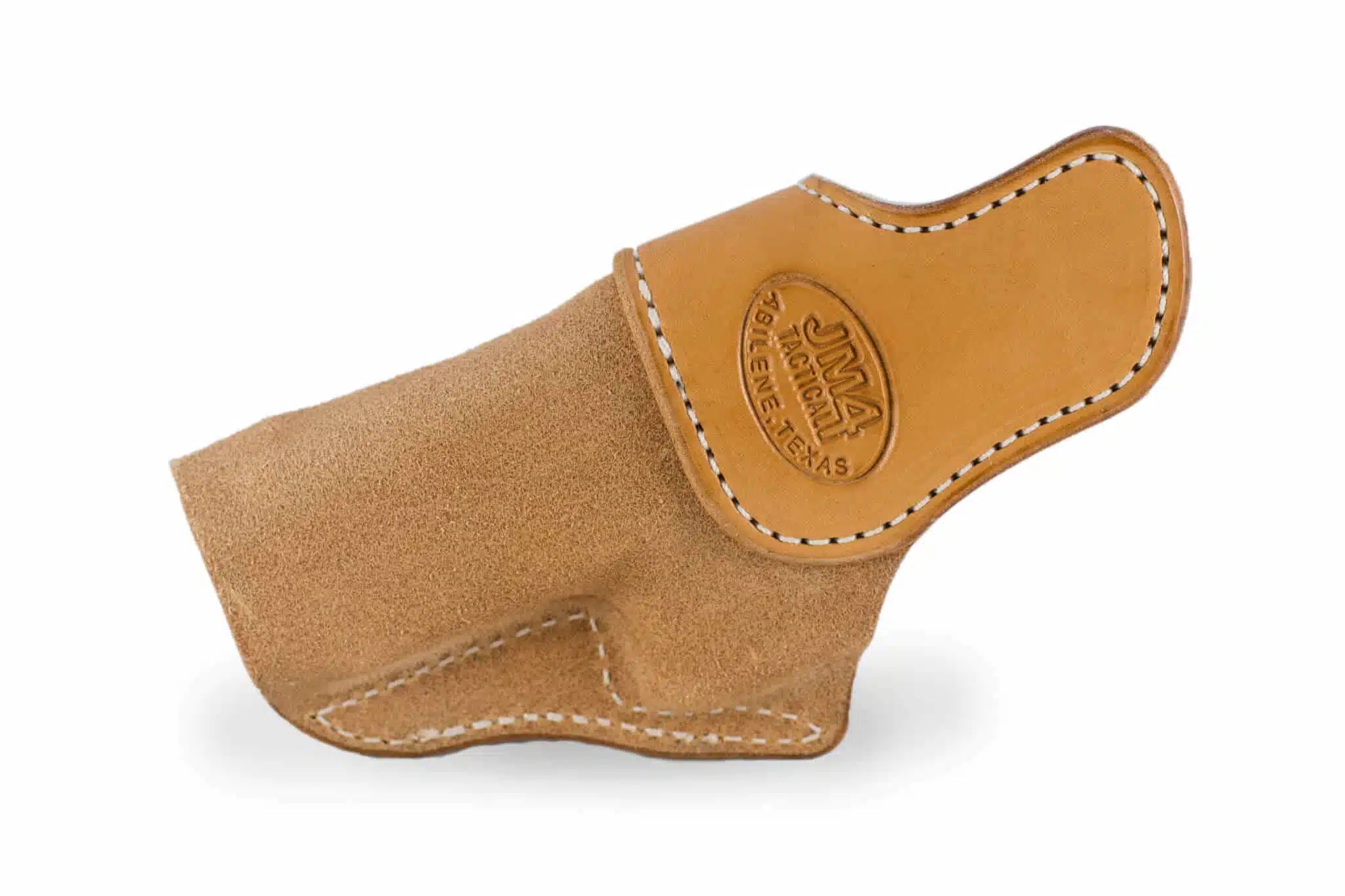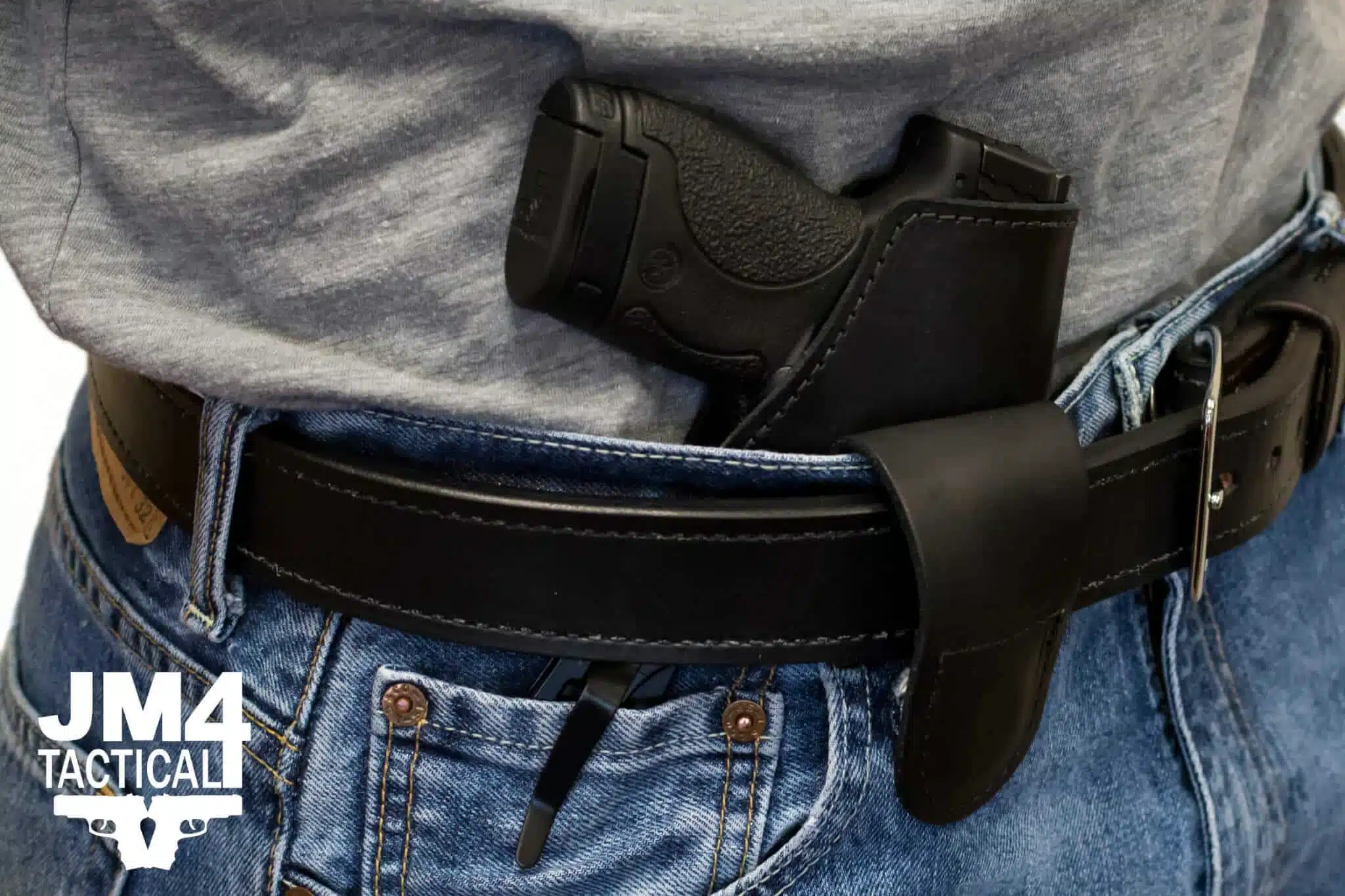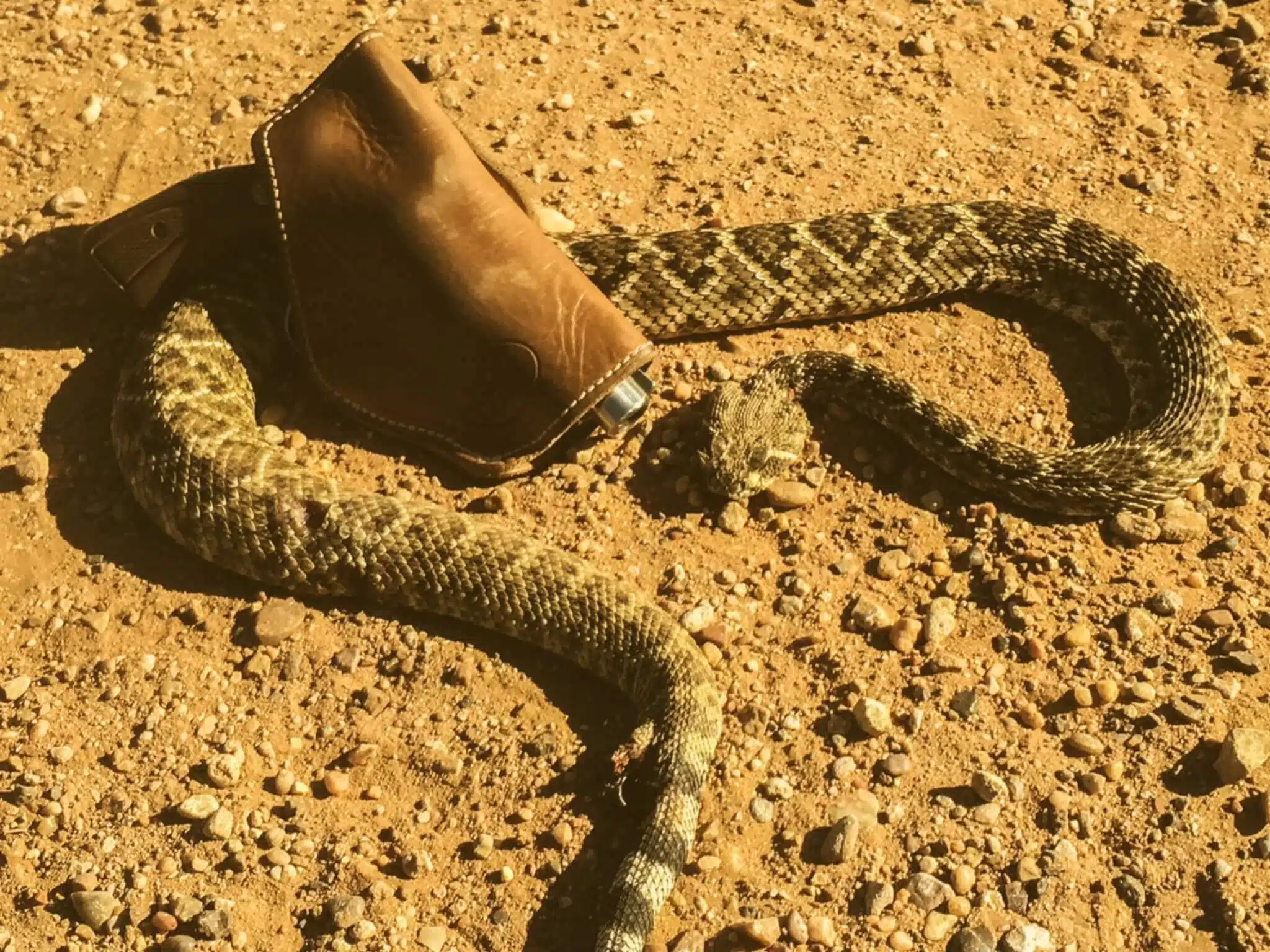The 30 Carbine
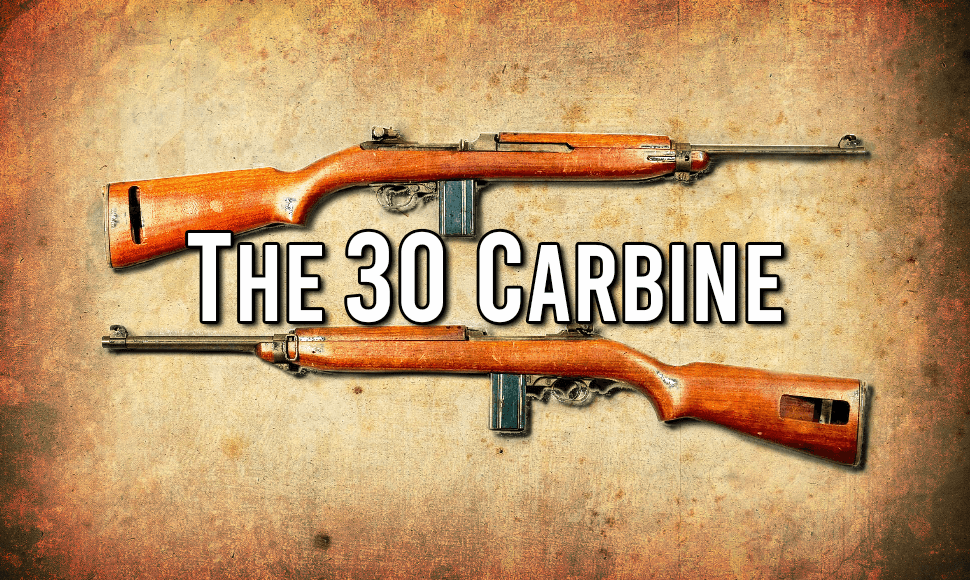
The 30 Carbine – There are several firearms that are incredibly iconic, from the M1 Garand, M16, Barrett 50 BMG. Still, there is one that is almost synonymous with World War II and specifically the paratroopers, and that would be the 30 carbine. This little firearm used to be relatively inexpensive compared to its bigger brother, the Garand. Still, it has become incredibly more expensive in recent years, especially for period-specific models and specialty manufacturers. There are some things to consider if this rifle and this round are for you.
The M1 Carbine was first mass-produced in 1942 and was in service until the early 1970s, seeing service in WW2, Korea, and limited in Vietnam. It was a lightweight, and low recoiling carbine designed more for support troops or those other than on the front. However, it did see plenty of action. It is most famous for the paratrooper version with a wire stock that enabled better mobility and weight reduction.
Due to the retooling of the nation to support the effort, the M1 Carbine was manufactured by several companies, including IBM, US Postal Meter, Rock Ola (a jukebox manufacturer), and several others, with the more limited the number being highly desired by collectors. My grandfather, who fought in WW2 in Patton’s third army, likely carried this weapon at the Battle of the Bulge as he was in the air defense, not supposed to be on the front lines. That said, he only mentioned it once to my father about that attack and using it for its purpose, likely saving his life.
The M1 Carbine was upgraded to the M2 and eventually the M3, with select-fire capabilities and the firing rate of about 700 rounds a minute, and eventually sporting 30 round magazines. The carbine was liked by and large, but questions about its effectiveness as a man stopper have been frequent, including soldiers in Korea mentioning that it wouldn’t effectively stop the advancing Chinese military with thicker coats on. I can attest to the questionable stopping power, having taken one hunting for hogs on one occasion.
The first hog I shot was with 110-grain ball ammunition like the military would use, and the pig (about 150lbs) soaked them up, eventually taking three to go down, and a fourth required to prevent suffering. The second hog I engaged was with a 110-grain soft point, and the hog of about the same size went down hard with one shot, leading me to believe with the smaller bullet, it is likely better to have ammunition designed for terminal performance.
So is the gun or the round still worth it?
Having perused a gun show and several stores looking for ammunition, I found several boxes of the target stuff, and it was about on par with pistol rounds, about $0.50/round. The rifle itself can still be found occasionally. Still, it is usually not original from WW2/Korea era, more of a modern build…be careful as some of the quality control can be iffy. Finally, some pistols are made in 30 Carbine, such as Ruger Blackhawk and AMT. It is a fun round. It is available and unique in many ways, and in my opinion, would be worth the investment to add it to your collection.
Also be sure to check out JM4 Tactical for your holster needs!
Author: Ian Bolser
